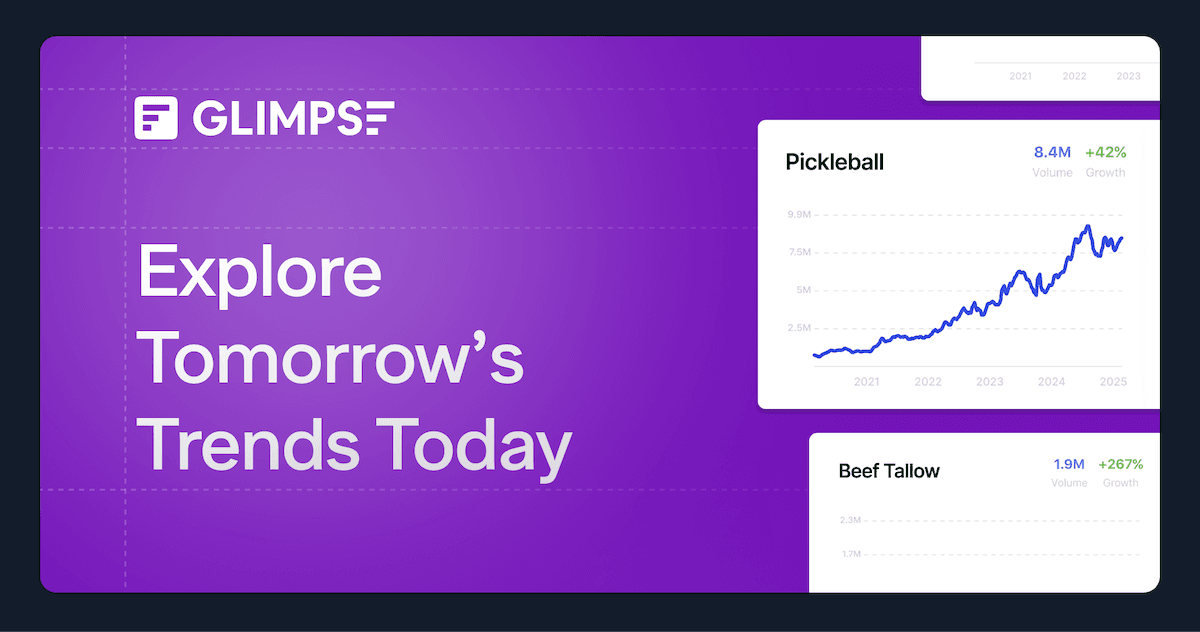
Every January brings a wave of “Top 10 trends” posts, and most read like keyword soup. Ediiie’s list is better than most-specific platforms, real examples-but it still needs a gamer’s filter. Here’s where the hype holds up, where it doesn’t, and how these shifts will actually change what we play (and how we pay) in 2025. This caught my attention because so many of these trends already shape my daily playtime-from swapping saves between console and PC to dodging predatory mobile events—and the gap between promise and reality is where gamers either win or get fleeced.
Cloud gaming really is having a moment. GeForce Now runs shockingly well if your titles are supported, and Xbox Cloud Gaming is the most frictionless way to sample Game Pass away from home. I’m also seeing more players experiment with AirGPU or Moonlight to stream their own rigs. The catch? Library fragmentation and home network reality. If your ISP wobbles or your favorite game isn’t on the whitelist, that promised “play anywhere” becomes “play when it cooperates.” Actionable move: test a month of a mid-tier plan before you buy a controller clip and dream of Cyberpunk on a train.
Cross-play and cross-progression are the new minimum. Fortnite, Warzone, Apex—your friends list should move with you. But don’t let “we support cross-play” be the end of the story. Aim assist disparity still ruins some lobbies, and too many games tie cosmetics to platform silos. Best practice? Enable cross-progression across all accounts day one and toggle cross-play off in shooters if balance feels off. We’ve waited years for basic flexibility; don’t give a pass to sloppy implementations in 2025.
On mobile, “hybridcasual” is just a fancy way of saying “easy to start, hard to put down.” Monopoly Go, Survivor.io, and the usual kings keep players hooked with slick event calendars and social pressure loops. It’s polished and fun, but the monetization playbook hasn’t gotten any kinder. My advice: enjoy the dopamine, mute the notifications, and treat season passes like Netflix—sub when there’s something you’ll actually use, bounce when there isn’t.

Console land is stable but not sleepy. PS5’s library depth and near-instant loads keep it ahead for single-player enthusiasts, while Xbox’s Smart Delivery and cloud hooks make it the most convenient ecosystem if you bounce between devices. Nintendo’s OLED is still the best couch-to-commute hardware, and yes, whenever Nintendo’s next system shows up it’ll shift the conversation again. For most players, 2025 is the year to actually enjoy backlogs with better performance, not chase marginal hardware upgrades.
Indies are thriving, but not always in the ways you think. The fastest growers pair social features with strong hooks: think the proximity chat chaos of Lethal Company or the co-op loop of vampire survivors-likes. We’re also seeing more “indie-with-IP” projects—small teams borrowing known worlds to cut through the noise. Don’t let the label fool you; some of these are polished enough to sit next to AAAs, and the community energy is where the real magic happens.
eSports is complicated. Viewership is healthy for the top dogs like League and Valorant, but the business side is volatile. Teams rise and fold, formats shift, and publisher control is tighter than ever. If you’re grinding the ladder, local and community tournaments remain the most reliable path, while streaming your journey is still the best way to build a profile you actually own.

DRM-free is having a quiet resurgence—GOG and itch.io keep doing the preservation work that launchers won’t. It matters for modding, offline play, and the simple right to boot your game without a network check. Just remember: most competitive titles won’t go DRM-free for anti-cheat reasons, so mix and match your library based on how you play.
“Gaming as lifestyle” is the least surprising trend: Discord is your guild hall, Twitch is your town square, and Fortnite/Roblox are basically platforms now. As for NFTs and “digital ownership,” the gold rush fizzled for a reason—few delivered fun first. If you dabble in digital collectibles, do it because you like the thing, not because you expect a flip. Communities that last are built on good games and good vibes, not speculation.
AI and procedural generation are everywhere under the hood. We’ve seen the range: No Man’s Sky turned infinite space into actual adventures after years of iteration, while other games proved you can’t auto-generate soul. The sweet spot is smarter NPC barks, dynamic quest variants, and tools that help small teams build bigger worlds—without replacing writers or quest designers. Keep an eye on studios that talk about AI as augmentation, not subtraction.

Sustainability and ethics aren’t “nice to have” anymore. Accessibility options like robust remapping, high-contrast modes, and difficulty sliders should be standard. We’re also watching for studios that plan their server footprints and work conditions responsibly. As players, we vote with our wallets; supporting teams that do right by devs and players nudges the industry in the right direction.
Most of Ediiie’s trends check out, but the win for players is in the details. Cloud and cross-play make gaming more flexible, indies and UGC keep it fresh, and AI quietly boosts scope—when used with taste. Watch monetization and demand real ownership and accessibility. 2025 looks great if we stay picky.
Get access to exclusive strategies, hidden tips, and pro-level insights that we don't share publicly.
Ultimate Gaming Strategy Guide + Weekly Pro Tips